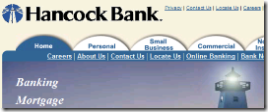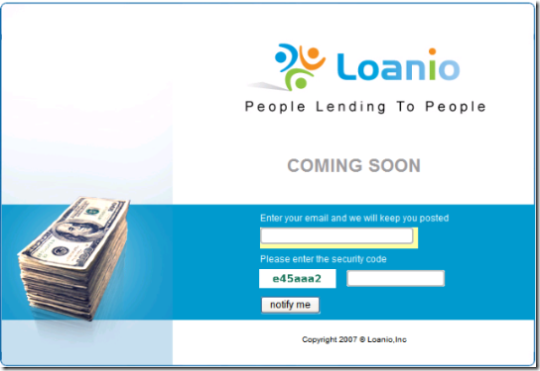 The researchers at Compete Inc. have developed a new scorecard that tracks the overall performance of 23 large financial institutions and lead-generations sites (note 1). We will publish this scorecard each month here at NetBanker and we will occasionally drill down into the data at Online Banking Report. To make it monthly scorecard easy to access, it will have its own category, <netbanker.com/compete>.
The researchers at Compete Inc. have developed a new scorecard that tracks the overall performance of 23 large financial institutions and lead-generations sites (note 1). We will publish this scorecard each month here at NetBanker and we will occasionally drill down into the data at Online Banking Report. To make it monthly scorecard easy to access, it will have its own category, <netbanker.com/compete>.
There are a number of interesting insights from this data:
- Card applications were up 9% even though shoppers only increased 1%, helping push conversion to a healthy 21%. In this case "conversion" means they APPLIED for the product. We do not know whether they were approved or not.
- Checking applications were up 24% to 182,000, with the launch of ING Direct's Electric Orange having a role in that.
- Home-secured loan activity was up sharply from March, increasing 30% in the refi and home equity categories. Purchase loans were also up 23% month-over-month.
Notes:
1. Companies tracked:
Credit cards: American Express, Bank of America, Capital One, Chase, Citibank, Discover
Deposits: Bank of America, Capital One, Chase, Citibank/Citi Direct, E-Loan, Emigrant/Emigrant Direct, HSBC/HSBC Direct, ING Direct, U.S. Bank, Wachovia, Washington Mutual, Wells Fargo
Home Loans: Ameriquest, Bank of America, Capital One, Chase, Citibank, Countrywide, Ditech, E-Loan, LendingTree/GetSmart, Low.com, LowerMyBills, National City, NexTag, Quicken Loans, Washington Mutual, Wells Fargo
2. Definitions:
Shopper: Consumer who visited product-related content at a site in the competitive set. For the purposes of this Monthly Performance Update, a consumer can be counted for each site they visit.
Application: Any Web form requiring the consumer to enter personal info including Social Security Number; counted only when completed.
Lead: Any Web form requiring the consumer to enter personal information, not including Social Security Number; counted only when submitted.
Conversion: = (Leads + Applications) / Shoppers
3. Methodology:
Compete's projections are supported by industry-leading data management and technology. The consumer and industry data is drawn from numerous sources and comprises the largest continuous consumer behavior database in the industry. Its proprietary data methodologies and patent-pending technology aggregate, transform and normalize this data and ensure it is representative of the entire U.S. online marketplace.
People are recruited to join Compete's member community through www.compete.com, the first website to help consumers personally benefit from clicksharing. Consumer data is also licensed from national ISPs and ASPs. This multi-source data collection methodology sets the industry standard for representative and actionable data. Members are protected by Compete's stringent privacy policy and data collection techniques that purge personally identifiable information.

















